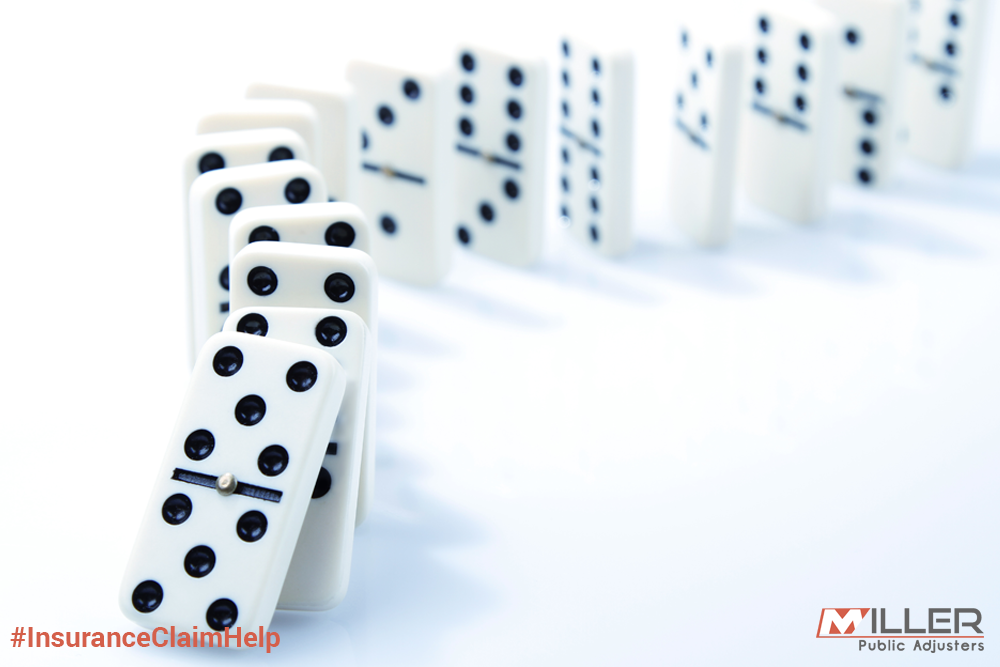
Continuing the discussion about water damage insurance claims, Attorney Edward Beckmann, of Helmuth and Johnson, contributed the following guest posting about his favorite insurance law tongue twister: the anti-concurrent cause clause.
An anti-concurrent cause clause is an exclusion. It essentially operates as follows: if two or more events cause the same damage at about the same time, and one of those events is excluded by the policy, there is no coverage. Many, but not all, policies have this exclusion.
Since a major hurricane is in the news, let’s use a hurricane as an example. Let’s say wind and surface water caused damage, and let’s say the former is covered by the policy, but water damage is excluded. The anti-concurrent cause clause means that if the damage was really caused by both wind and water at the same time there is no coverage whatsoever.
Nationally there is anti-concurrent cause clause case law arising from hurricanes. Courts have held the anti-concurrent cause clause does not apply if the wind damage occurs before rainwater damage. The logic found therein applies in Wisconsin law as well. A 2005 case I wrote about last year, the Atl. Mut. Ins. Cos. v. Lotz case, applies Wisconsin law to an anti-concurrent cause clause. In that case, a property owner alleged coverage of a water loss due to several occurrences. The insurance company denied coverage based on this anti-concurrent cause clause: “there is no coverage for loss to the property…. resulting directly or indirectly from or caused by one or more of the following….” The court held that damage from rainwater intrusion was caused by a single event and covered. However, other events arising from other occurrences were excluded due to the anti-concurrent cause clause.
The main principle at work with an anti-concurrent cause clause is that the clause is only triggered with damage caused by two or more occurrences, one of which is excluded. If you have one cause of damage there’s no problem. If you have more than one cause of damage, but the causes were separate events, if the second event is excluded there is a good argument for coverage.
Another important principle from Lotz is that the court segregated out damage within a home depending on the cause. That is important. If some damage in a building is caused by an event that is excluded, but other damage is caused by a separate event and is covered, an insurer should not deny all damage throughout the property.
Anti-concurrent cause clause case law leads to principles of law that are important, but application of those principles is always on a case-by-case basis. A property owner has to know all causes of loss, and must actually read the policy, to understand how these principles apply. That’s the two-step method for understanding an anti-concurrent cause clause. But even this may not be the end.
Wisconsin policies often feature an “ensuing loss” clause whereby the original event may not be covered, but what follows is. That’s another path to coverage, and a subject for another time.
.png?width=190&height=55&name=MPA%20Logo%20Vector%20-%20Original%20(3).png)

.webp?width=331&height=382&name=ResourcesCTA-Fin-001%20(1).webp)



